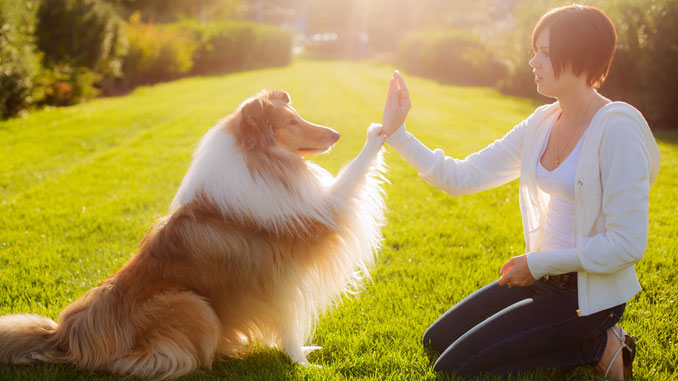
Choosing a new best friend is a big step for anyone. You need compatibility, shared interests, and specific characteristics to be a true match. And once you’ve brought a new dog home-whether it’s a puppy or an older dog-you might find it takes some time to learn how to get along. When your dog moves into your new home, it is also a big change for them, and it may take them a while to adjust to their new surroundings. As a result, they may lose control of their bladder through nervousness, and you may think that temporarily putting them into a dog diaper can help you and the dog to focus on their training without creating any extra mess. But be careful, your dog could suffer from a urine burn if left in their diaper for too long which could have an effect on their wellbeing. You shouldn’t worry though, as by looking for more help from petparentsbrand.com, you can see how this problem can be managed. This is just one of the many new challenges that you will come across in the early days of having a dog, and it is important that you find a way to overcome this. A little training can go a long way. We reached out to The Canine Culture to pick Jack and Kathy Weber’s brains on the best ways to train a dog, from basic commands to common myths. Read on to learn more.
Top Commands to Teach
“All dogs should know the basic commands,” says Kathy, owner of the Canine Culture with her husband Jack. The top words to teach, according to the expert duo, are sit, down, stay, come, off, and leave it. Knowing how to walk appropriately on a leash is also important.
5 Tips for Fido
- Don’t expect a young puppy to endure a training session that is 30 minutes or longer. They are unable to focus for more than a very few minutes at any one time. Get yourself over to Stop That Dog if you’re eager to learn more on how best to care for the latest addition to your family: your new pooch.
- Start socialization early. Never wait until a dog shows signs of problems to start training.
- Keep training fresh in the dog’s mind by asking the dog to do something for you each day. If you notice that your dog is picking up bad habits, it might be a good idea to see if there are any products that you can buy to help with this. For example, if your dog regularly chews things, you could buy a couple of the toughest dog collars on the market to see if that helps.
- Never, ever, hit or kick your dog. Anger never produces the desired result and can cause injury or long-lasting complications.
- Train children how to properly interact with dogs. Never allow them to chase, hug, tug, or pull on the dog. Children should always walk, not run, near the dog and try to encourage them to not use loud, high-pitched voices.
Tips for Owners
- Be assertive and understanding, without becoming dominant.
- Begin training at an appropriate age.
- Default to positive reinforcement.
Pull-Out Quote: “Our focus is on helping dogs and people learn to live together harmoniously. We firmly believe that 90 percent of the dogs that end up needing a new home is due to a lack of understanding about the culture which is unique to dogs and so very different than their human counterparts,” Kathy Weber, Owner, The Canine Culture
When to Seek Professional Help
All dogs should have professional obedience training, Kathy says. Experts suggest starting classes around 16 weeks old, when a puppy is old enough to focus during class. However, it’s important not to wait too long. The best bet is to get dogs into training before they hit one year old.
“Dogs need to understand that their owners are the pack leaders and the leaders need to understand all that entails,” Jack Weber, Owner, The Canine Culture
Call for Boarding & Obedience Options:
The Canine Culture
9751 N. Highway 99, Stockton
(209) 931-0758
CanineCulture.com

